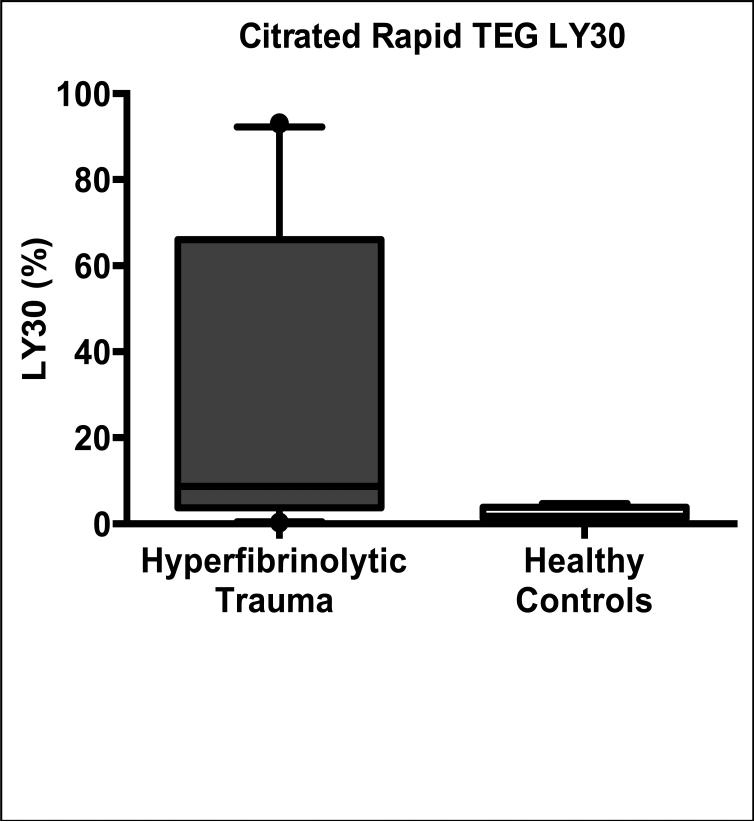Figure 2. Characteristics of hyperfibrinolytic HF trauma patients.
Patients with HF (demonstrated by tranexamic-reversible clot strength decay on their thrombelastogram (TEG)) have a median degree of clot lysis by Rapid TEG LY30 of 8.7% (IQR 3.7—66.0%) versus 1.8% (IQR 1.3—3.9%) for healthy controls (p=0.0009, two-tailed Mann-Whitney U test) as shown in this box-and-whisker plot. Note that none of the healthy controls had any degree of TXA-reversibility of their LY30. 25 of 72 trauma patients with injuries severe enough to be included in this analysis had HF. These 25 hyperfibrinolytic (HF) patients were generally of much higher acuity than their non-fibrinolytic (NF) counterparts: Mortality in the HF group was 52% compared to 6% for NF patients. 11 HF patients required resuscitative thoracotomy, of which 4 survived, compared to zero thoracotomies in the NF group. Median (IQR) ISS, SBP and base excess were all worse in the HF group, 33 (22—41), 60 (0—86) mmHg and −9 (−7 – −17) mEq/L , respectively; compared to the NF group: 17 (9—32), 84 (66—118) mmHg, and −7 (−5.5 – −8.5) mEq/L.

